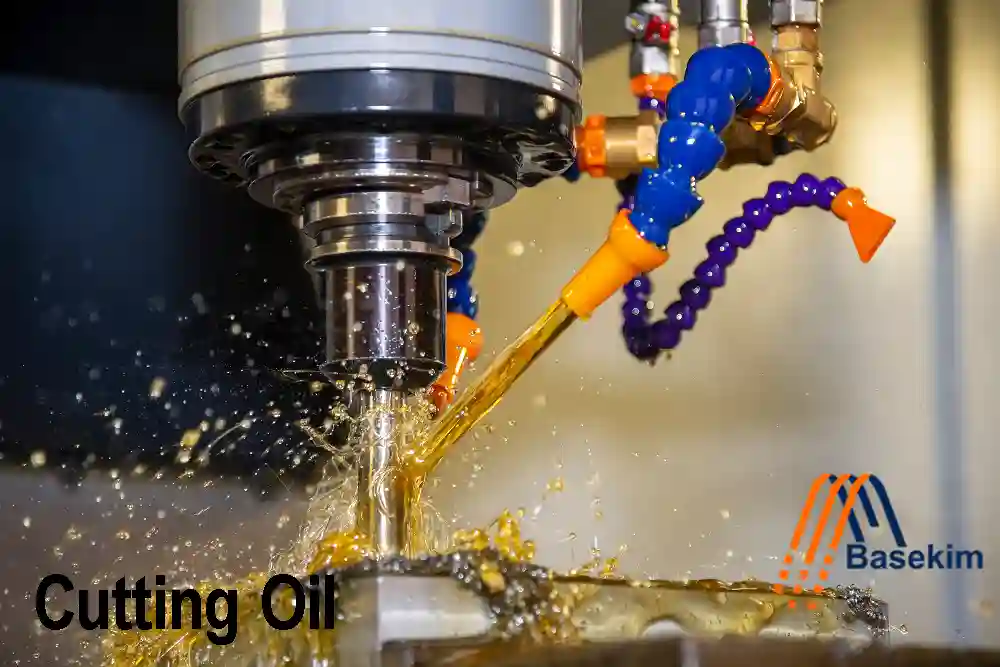
Cutting oil is the hidden force behind smooth machining and precise results. In every workshop, from small tool rooms to large industrial plants, cutting oil reduces heat, lowers friction, and extends the life of both tools and machines. Because it acts as both a lubricant and a coolant, it ensures clean surfaces, accurate cuts, and fewer reworks. Moreover, companies save time, reduce tool wear, and gain consistent quality in every production line.
Cutting oil is a specially formulated lubricant designed for metal cutting and shaping processes. Unlike general lubricants, it is engineered to handle extreme pressure and high speed. Consequently, it performs well during drilling, milling, turning, or tapping. Moreover, it washes away chips, prevents welding between tool and workpiece, and provides steady cooling throughout the process.
Smooth performance: It reduces resistance and improves surface finish; as a result, machining becomes faster and cleaner.
Heat control: It carries away heat; therefore, workpieces avoid warping or distortion.
Tool protection: It prevents wear and breakage; moreover, tool life increases significantly.
Clean operation: It removes chips; consequently, the cutting area stays safe and clear.
Machine life: It lowers strain; in addition, downtime and repair costs decrease.
Different jobs need different oils:
Mineral-based oils — made from petroleum; therefore, they suit general machining.
Soluble oils — mixed with water for cooling; consequently, they fit high-speed jobs.
Synthetic oils — free of mineral content; moreover, they work well for precision cutting.
Semi-synthetic oils — a mix of both; as a result, they balance performance and cost.
this oil serves many industries:
Automotive: drilling and milling engine parts; in addition, it helps reduce rework.
Aerospace: machining strong alloys; consequently, accuracy improves.
Construction: shaping steel frames; therefore, results remain consistent.
General engineering: turning, tapping, and grinding; moreover, efficiency improves.
| Benefit | Impact on Operations |
|---|---|
| Reduced heat | Consequently, workpieces stay cooler and distortion lowers |
| Smooth cut | Therefore, surfaces remain clean and precise |
| Lower friction | As a result, tools last longer |
| Rust prevention | Moreover, parts stay safe during machining |
| Cost efficiency | In addition, downtime and replacements decrease |
Basekim supplies cutting oil in formats for workshops and large plants:
20L cans for small operations
200L drums for industry
IBC tanks for bulk demand
Because we ship from the UAE and Turkey, lead times stay short. Moreover, our steady stock means your production never stops.
Cutting oil cools and lubricates during machining. Therefore, heat and friction reduce, and tools and workpieces remain protected
It mixes with water to cool effectively. Moreover, it is ideal for grinding, drilling, and other high-speed work.
Choice depends on process, material, and finish. For instance, synthetic oils fit high precision, while mineral oils cover heavy-duty work.